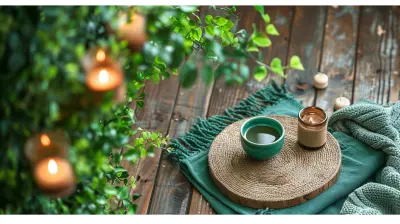Pilates vs Yoga: Which One Is Best for You?
15 September 2025
When it comes to low-impact workouts that improve flexibility, strength, and mental well-being, Pilates and yoga often top the list. But which one is better for you? The truth is—there’s no one-size-fits-all answer. It all depends on your fitness goals, personal preferences, and physical condition.
In this article, we'll break down the key differences, benefits, and factors to consider when choosing between Pilates and yoga. By the end, you'll have a clearer idea of which practice aligns best with your lifestyle and needs.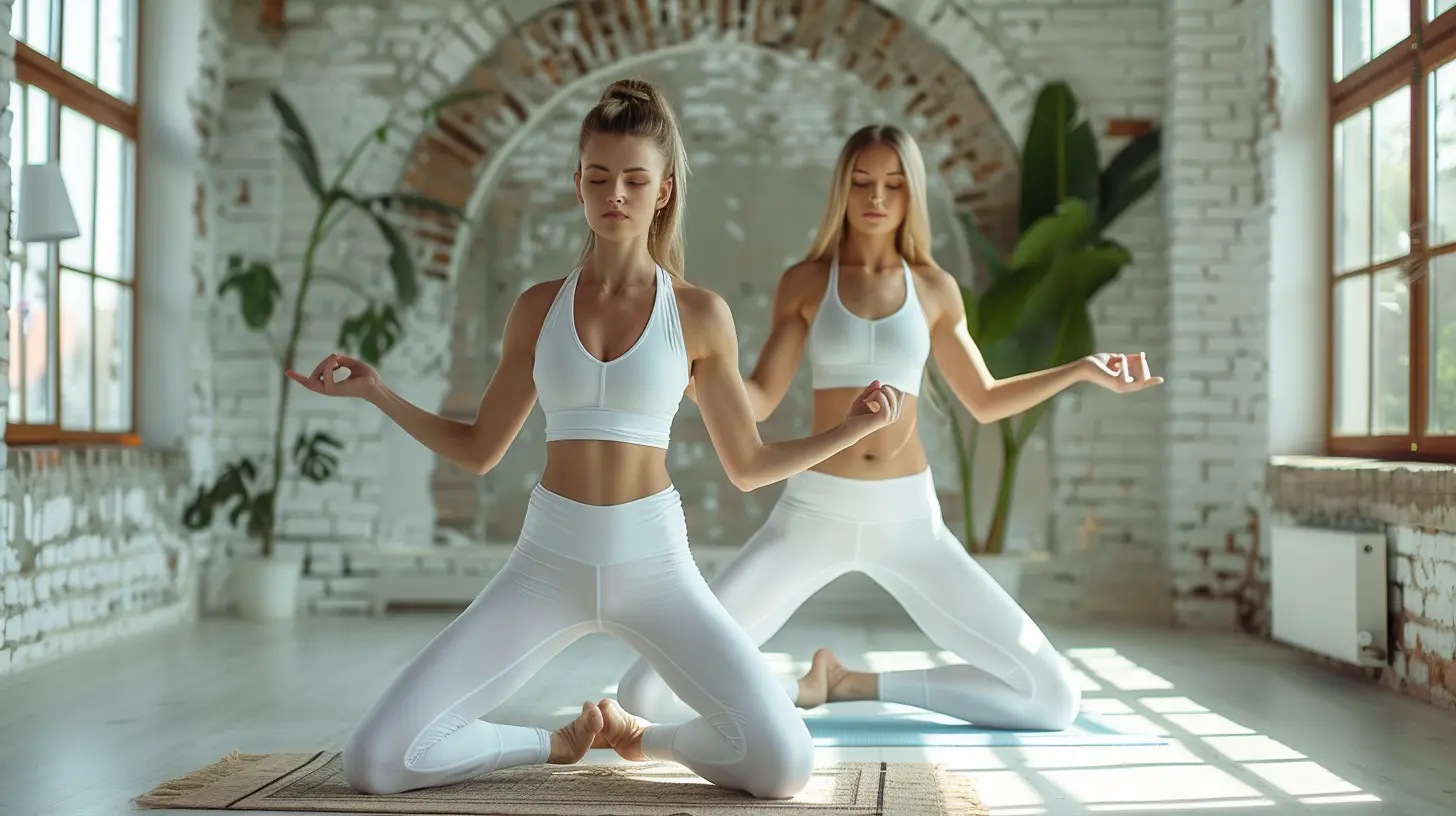
What Is Pilates?
Pilates is a form of low-impact exercise that focuses on strengthening muscles, improving posture, and enhancing flexibility. Created by Joseph Pilates in the early 20th century, this workout emphasizes core strength and precise movements.There are two main types of Pilates:
- Mat Pilates: Uses only body weight and minimal equipment.
- Reformer Pilates: Incorporates a machine with springs and pulleys to add resistance.
Pilates is often recommended for those recovering from injuries, athletes looking to improve performance, or anyone who wants to build a strong and stable core.
Benefits of Pilates
✅ Core Strength – Nearly every move in Pilates works your core, leading to improved balance and stability.✅ Posture Improvement – Helps correct alignment issues, making it great for people with back pain.
✅ Low-Impact & Joint-Friendly – Ideal for people recovering from injuries or dealing with joint discomfort.
✅ Enhances Flexibility & Mobility – While it doesn’t prioritize deep stretching like yoga, Pilates still improves flexibility.
✅ Tones & Strengthens Muscles – Builds long, lean muscles without bulk.
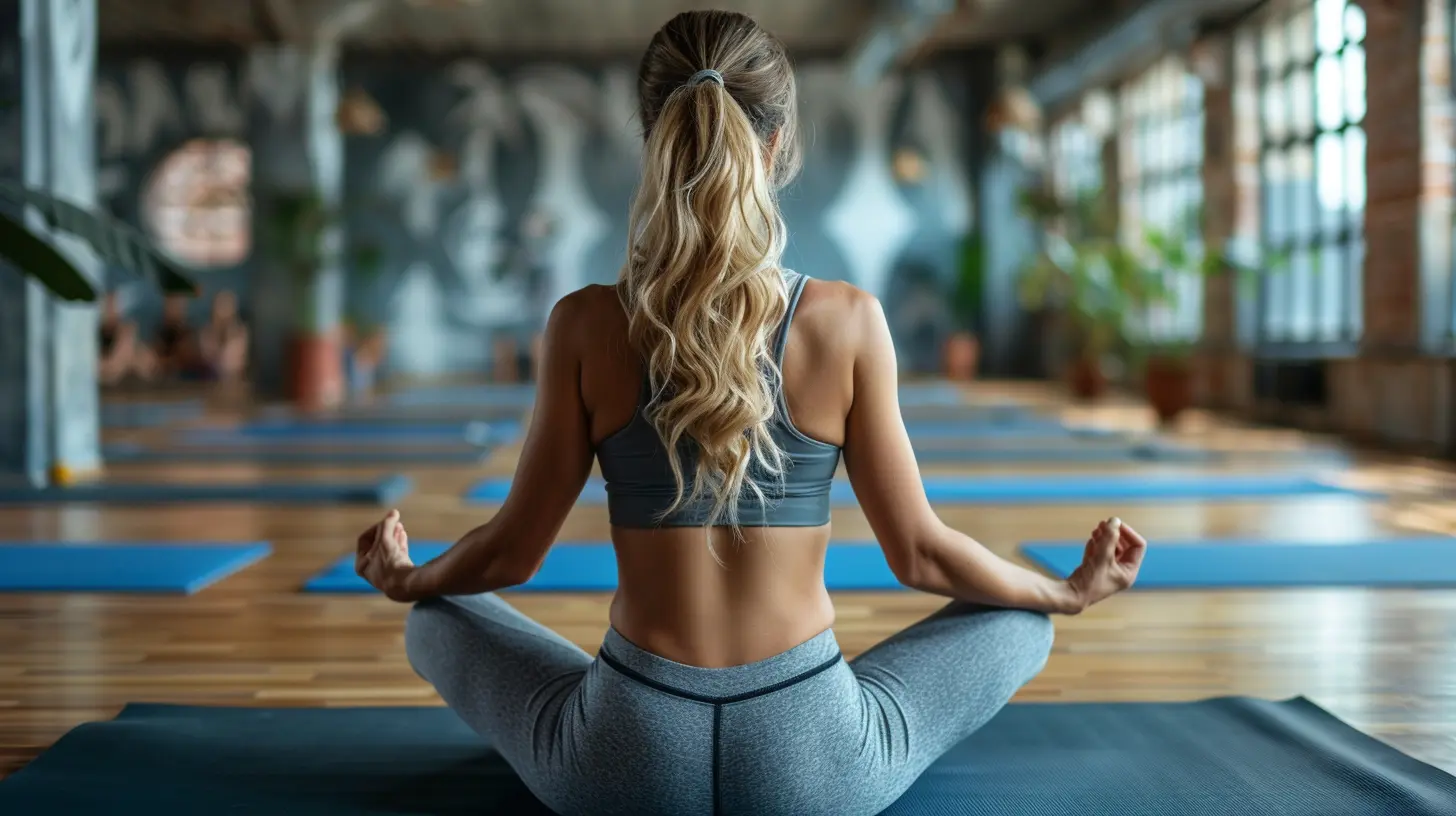
What Is Yoga?
Yoga is an ancient practice that combines physical postures, breathing exercises, and meditation to improve overall well-being. Originating in India over 5,000 years ago, yoga has evolved into many styles, ranging from slow and meditative to intense and dynamic.Popular styles of yoga include:
- Hatha Yoga: A gentle, slower-paced style, great for beginners.
- Vinyasa Yoga: A flow-based practice that links breath with movement.
- Ashtanga Yoga: A rigorous and structured style suitable for those who like discipline.
- Bikram (Hot) Yoga: A series of poses performed in a heated room to increase flexibility.
- Restorative Yoga: A slow, deeply relaxing practice using props to hold poses for extended periods.
Benefits of Yoga
✅ Improves Flexibility – Helps loosen tight muscles and enhances mobility.✅ Reduces Stress & Boosts Mental Health – Breathwork and meditation promote relaxation and reduce anxiety.
✅ Enhances Strength & Endurance – Many styles challenge your muscles, increasing overall strength.
✅ Promotes Better Posture – Like Pilates, yoga can correct alignment and relieve tension from poor posture.
✅ Supports Mind-Body Connection – Encourages mindfulness, self-awareness, and emotional balance.
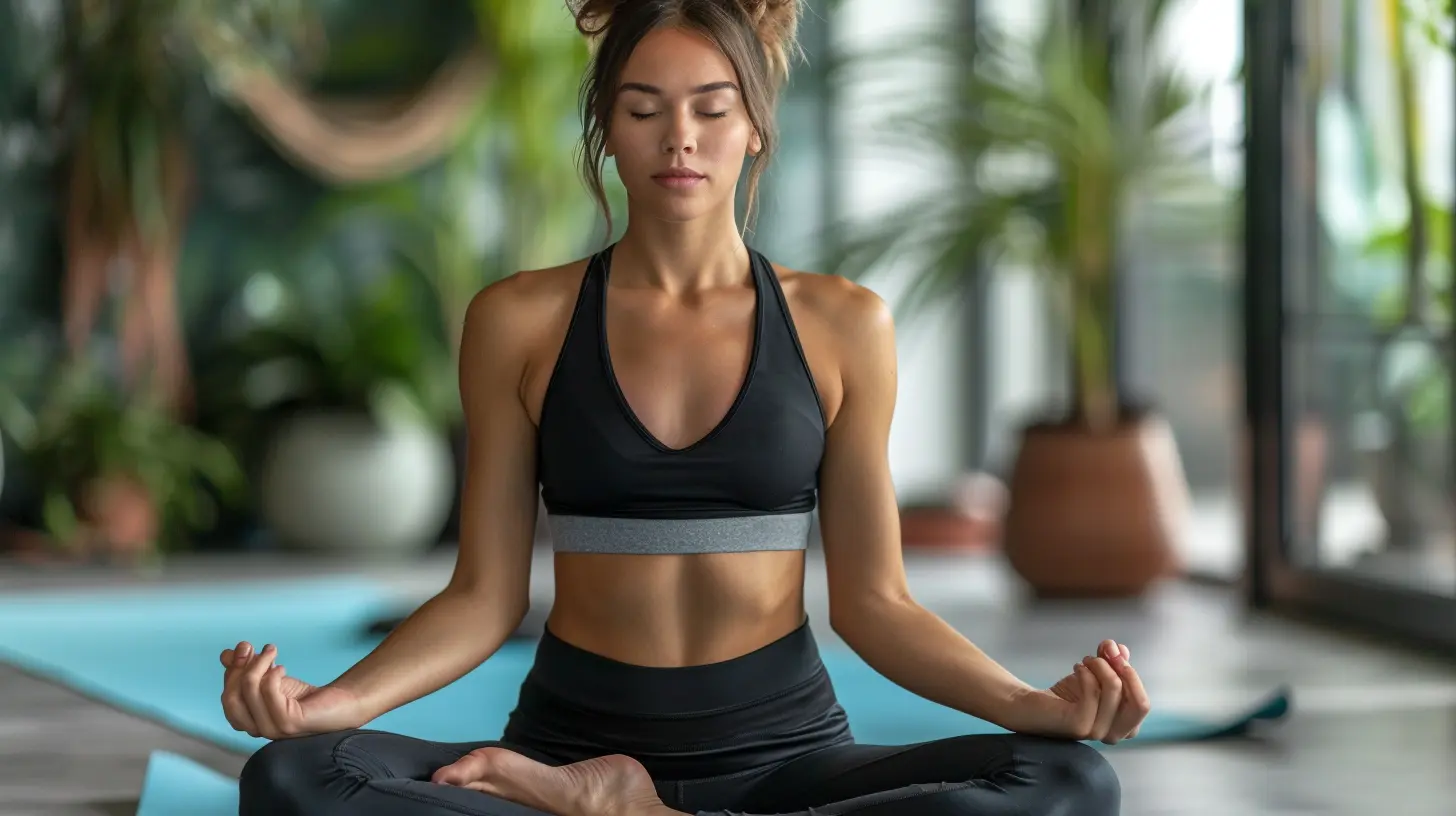
Pilates vs Yoga: Key Differences
Now that we've covered the basics, let's dive into the main differences between the two practices.1. Focus & Approach
- Pilates is more fitness-oriented, concentrating on movement precision, core engagement, and muscle control.- Yoga is more holistic, emphasizing physical postures, breathwork, and meditation for overall well-being.
2. Flexibility vs Strength
- Yoga excels in enhancing flexibility through deep stretches.- Pilates focuses more on core strength and stabilizing muscles, helping with posture and injury prevention.
3. Breathing Techniques
- In Pilates, breathing is used to enhance movement efficiency, typically inhaling through the nose and exhaling through the mouth.- In Yoga, breath (or Pranayama) is an integral part of the practice, often involving deep nasal breaths to promote relaxation and energy flow.
4. Mental vs Physical Emphasis
- Yoga incorporates a strong mental and spiritual component, with meditation and mindfulness playing significant roles.- Pilates is more focused on physical fitness, though it still encourages concentration and body awareness.
5. Equipment Usage
- Yoga requires minimal equipment—just a yoga mat (and sometimes blocks or straps).- Pilates may involve additional equipment, especially in Reformer Pilates, which uses specialized machines.
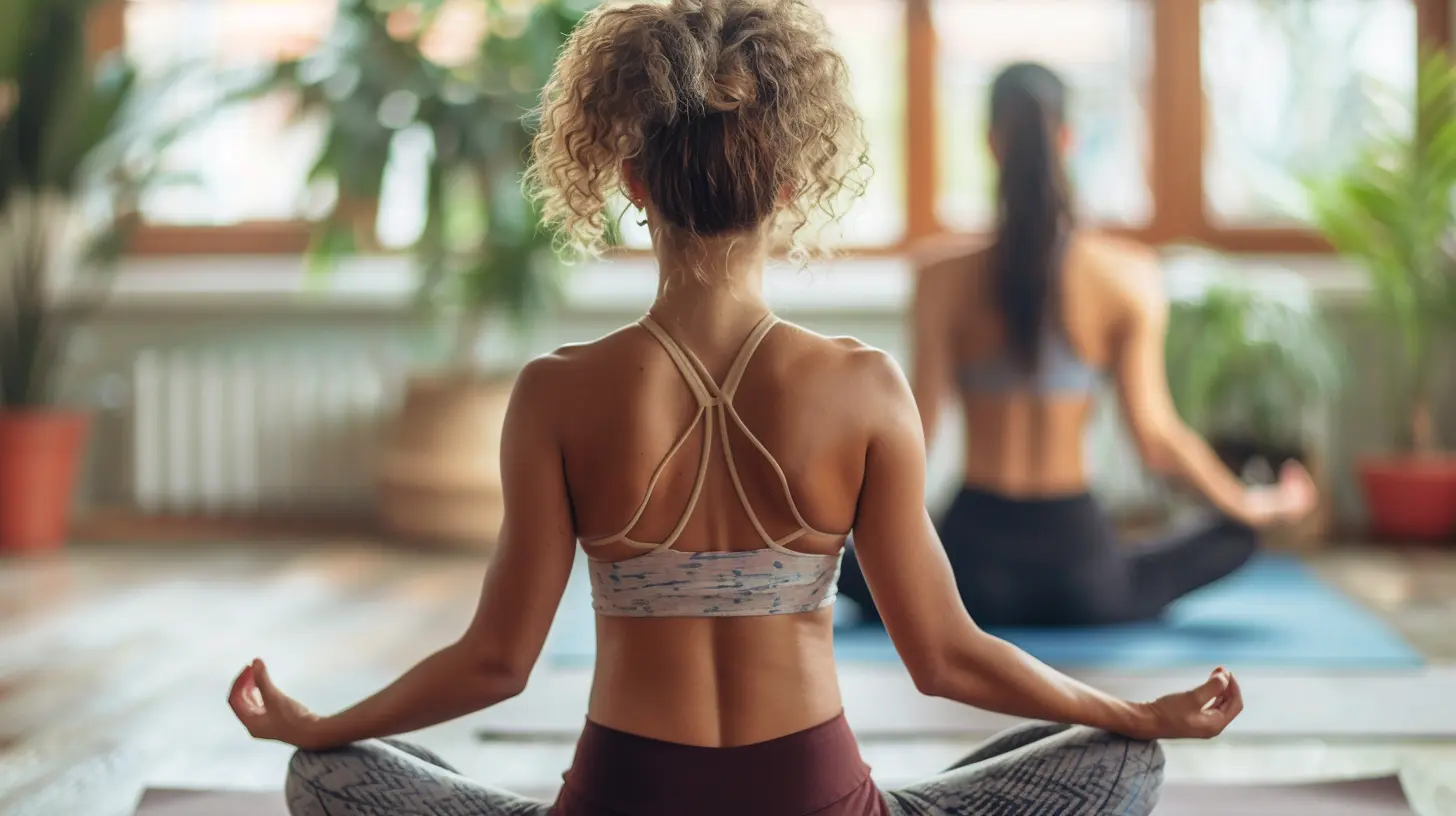
Which One Should You Choose?
Choose Pilates If:
✔ You want to strengthen your core, improve posture, and tone muscles.✔ You have back pain or recovering from an injury and need a rehabilitative workout.
✔ You prefer a structured, fitness-focused approach with precise movements.
✔ You’re an athlete looking to improve performance and prevent injuries.
Choose Yoga If:
✔ You want to increase flexibility, reduce stress, and enhance mental clarity.✔ You're looking for a holistic mind-body practice that includes meditation and breath control.
✔ You enjoy deep stretching and a slower, more relaxing workout.
✔ You need a natural way to relieve anxiety or improve sleep.
Can You Do Both?
Absolutely! In fact, many people incorporate both Pilates and yoga into their routines. Pilates strengthens your core, while yoga enhances flexibility and relaxation. The two complement each other beautifully.For example, you could do Pilates for strength training and yoga for stress relief and flexibility—a perfect balance.
Final Thoughts
At the end of the day, there’s no right or wrong choice—it all depends on your goals and preferences. If you're looking for a structured workout that focuses on strength and core stability, Pilates may be the way to go. If you crave a practice that nurtures your mind, body, and spirit, yoga could be your perfect match.No matter which one you choose, both offer incredible health benefits and can be life-changing when practiced consistently. So why not try both and see which feels best for you? Your body (and mind) will thank you!
all images in this post were generated using AI tools
Category:
ExerciseAuthor:

Angelo McGillivray
Discussion
rate this article
1 comments
Natalie McWilliams
Great insights! Both Pilates and yoga offer unique benefits. It ultimately depends on personal preferences and fitness goals. Thank you for highlighting their differences!
September 24, 2025 at 4:31 PM

Angelo McGillivray
Thank you for your thoughtful comment! I’m glad you found the article helpful in understanding the unique benefits of both Pilates and yoga.
